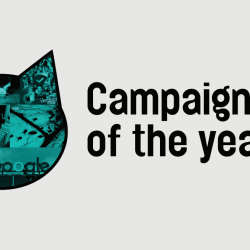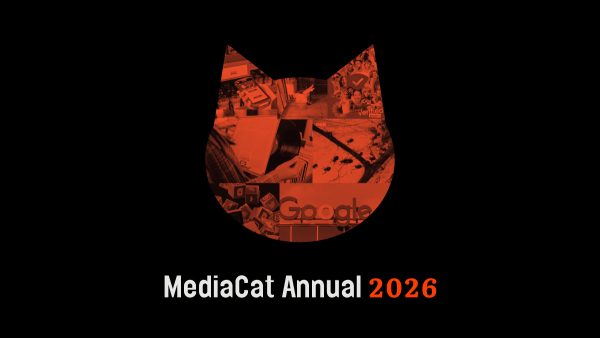The virtues of frequency are sometimes forgotten amid the lust for reach.
Greg Newman, a strategic business consultant at Craft, makes a strong case for remembering them — especially when you’re dealing with smaller brands.
Cheap, low-quality impressions may be abundant, he says, but fragmenting media means it’s no longer possible to ‘cost-effectively reach massive swathes of people in a high-attention way. So the challenge becomes: what are you sacrificing?’
Frequency, Newman notes, is usually one of the first metrics to take a hit when budgets get tight because it doesn’t seem ‘tangible’. But smaller brands should remember that they’re already at a disadvantage in being purchased and thought of less often.
‘When you reduce your advertising frequency, you’re just a smaller part of people’s world. You show up less and less, and it’s harder and harder to be distinct.’
If you want consumers to take action, increased frequency helps to move them through that process, says Newman. That’s not new news but its worth reiterating because people are exposed to increasing number of channels and messages. Under those conditions, it seems logical that frequency should play a bigger role in cutting through.
One client that Craft worked with, says Newman, ran a regional test to understand (among other things) the optimal frequency for a campaign promoting a new product in a new-but-related category and discovered the sweet spot was between 13 and 14.
Of course, that figure is specific to that instance. Optimal frequency will vary depending on lots of different things; not least, the strength of the creative. Better ads new fewer repetitions to land, naturally.
‘But what we typically find,’ says Newman, ‘is that narrowing the aperture of focus for our campaign and planning to reach a smaller group of people more frequently, delivers better behavioural outcomes.’
When Craft recommends boosting frequency, ‘it’s a different sacrifice than lots of advertisers are used to making,’ says Newman. It has become a bit easier to advocate for more frequency since attention has become a prominent topic in discussions about effectiveness, but planners must still contend with advertisers’ aforementioned lust for reach.
The clincher in those meetings, says Newman, is usually measurement.
‘Frequency is really valuable for delivering commercial metrics,’ he says. ‘Having a conversation anchored in business outcomes helps conversations about frequency feel more sensible because, the more we remember that we’re trying to get real people to do real things, the more obvious a case for increased frequency becomes.’
Main image by Joanjo Pavon on Unsplash





















